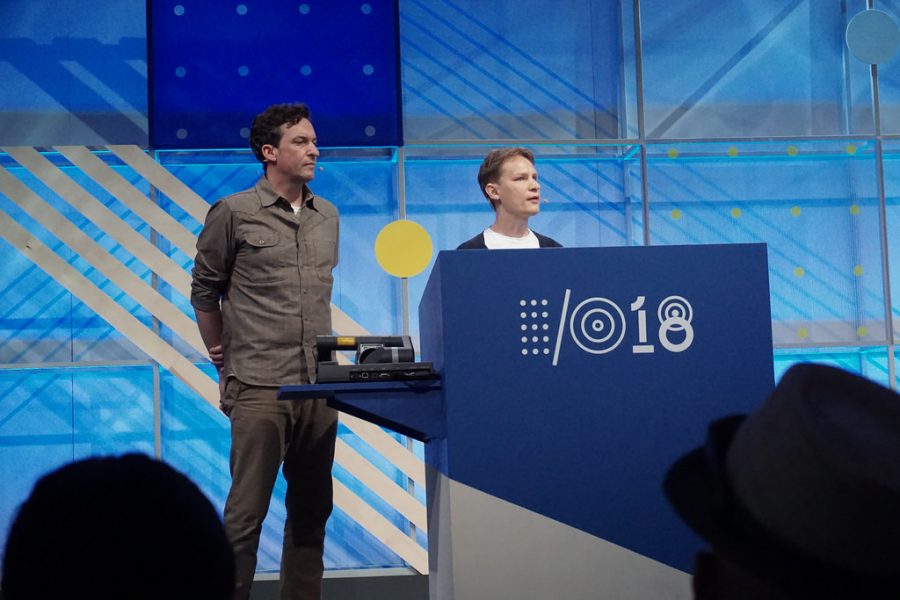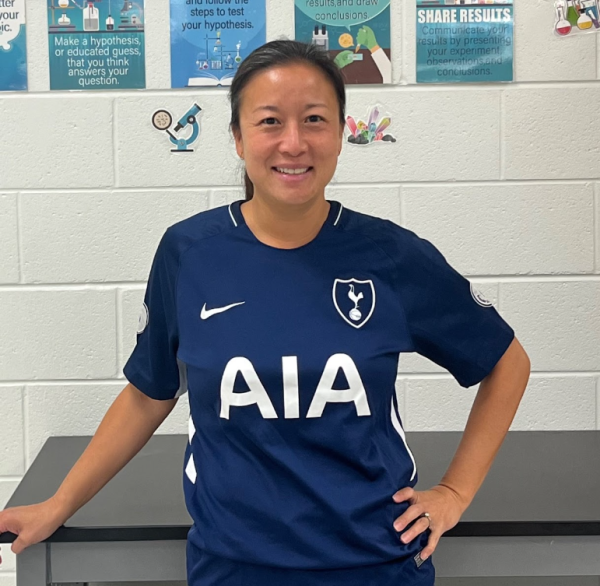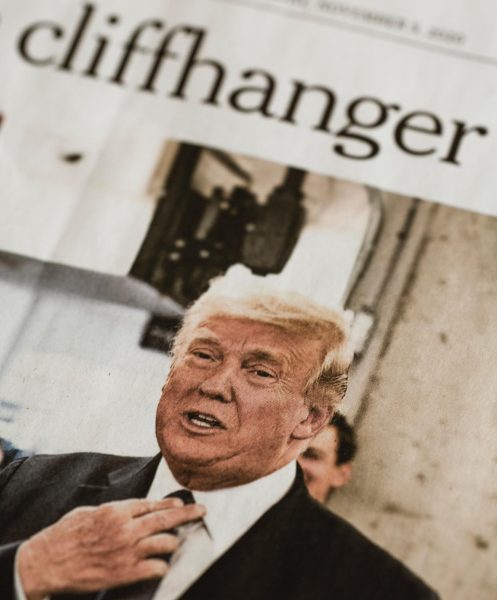Google I/O 2018
Flicker
Each year, Google holds a developer conference in Mountain View, California where sessions are held to detail new features of Google’s many software platforms for developers. Throughout the three day long conference, sessions are not only held for developers but also bring exciting news for the average consumer. Among extensive technical talks for developers, Google highlights their new features for software in a main keynote presented by Sundar Pichai, the CEO of Google. These new versions of software aim to simplify the operating system while simultaneously making some behind the scenes changes to aide users in their daily computing.
Out of all the exciting new software developments at I/O, the start of the keynote where Pichai demonstrated new Google Assistant features has been the most publicized. Google’s Assistant is currently the smartest virtual assistant on the market and Google is constantly refining it and adding smarter features to make the assistant the best it can be. New features coming to the assistant include new voices and better integration with Google Lens.
Despite all these new developments, the most impressive new function from Google Assistant is its ability to make phone calls for you.
The demo presented in the keynote showed Assistant making a haircut appointment for a user completely on its own over the phone. Expressing this insane feature in machine learning technology is difficult to articulate through words alone, so I highly recommend you watch the demo from the main keynote here.
The demonstration showed a phone conversation between Google Assistant and a salon employee where Google Assistant speaks as if it were a real human assistant making an appointment for a client. The salon employee spoke with the assistant just as she would with a human. Google Assistant uses filler words such as ‘um’ and ‘like’ to communicate with a human smoothly. The virtual assistant adds natural pauses just like a real human would. The argument that Google has gone too far in developing an assistant that speaks just as a human does could be an entire story on its own, but there were so many other software developments at I/O.
The second largest section of the keynote was devoted to the next version of Android. Android 9.0 is currently in beta and brings some important visual changes and gesture based navigation to Android. Although features such as battery optimization and improvements to adaptive screen brightness were introduced first, many exciting features came after the introduction. Digital wellbeing was a point stressed throughout the keynote. It was clear in the presentation that the ninth version of Android encourages users to use their devices in moderation and makes it easier to understand their habits. A feature called Android dashboard details phone usage for users on a daily basis and provides a toggle to limit usage of specific apps. Digital wellbeing was supported again with do not disturb improvements that emphasize limited interaction with notifications when in that mode. Wind down is the last feature in the category of digital wellbeing in Android 9 and it allows users to set a target bedtime via Google Assistant. Once Assistant knows the user’s bedtime, the device automatically disables notifications and strips harmful blue light from the display in the time leading up to the user’s target bedtime. Android 9.0 also redesigns the notification tray and quick settings panel in a way that simplifies the look without limiting useful features. Most features from I/O 2018 have never come to fruition even though the next I/O conference is coming next month. Few of the features announced actually hit consumer devices by the time I/O comes around. Almost none of the new features from I/O 2018 have come to non-Google hardware since their announcement last year, so we will have to continue waiting for the software to come up.

Starting my fourth year in journalism I plan to cover student athletics and technology news. The school newspaper has provided a great community of writers...







